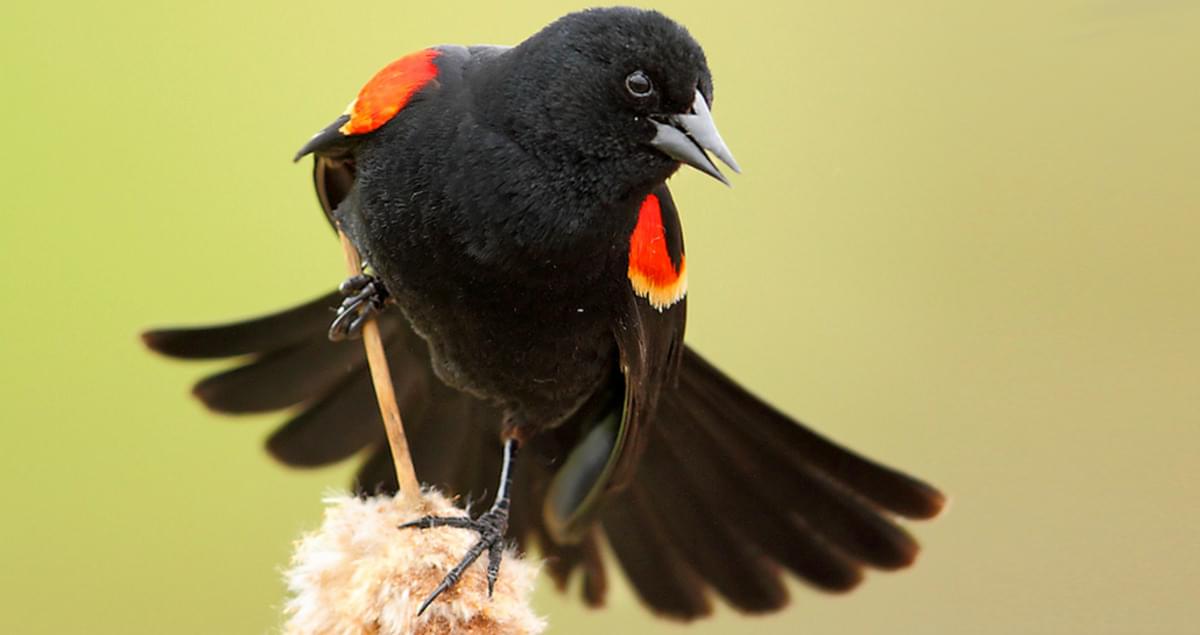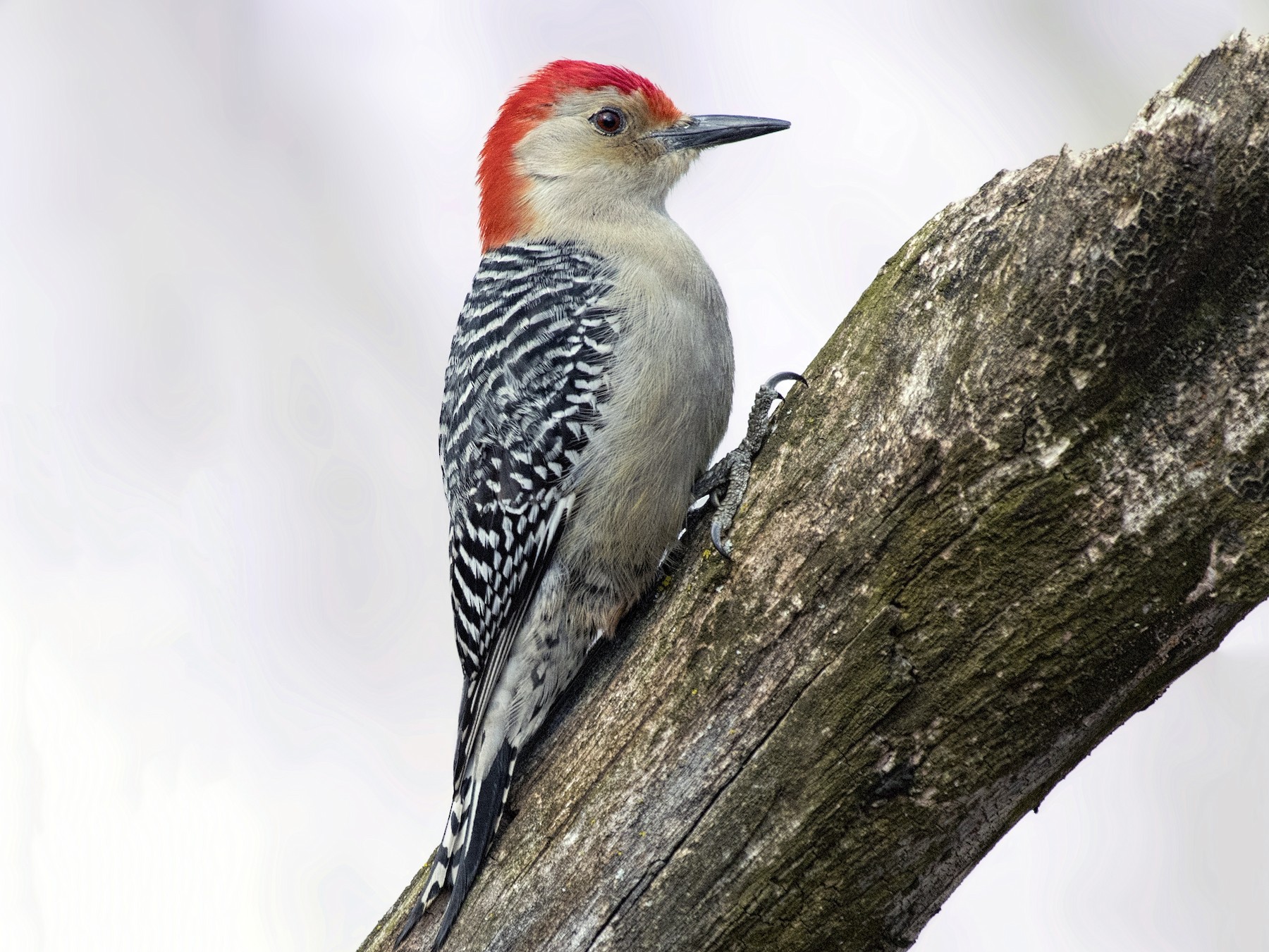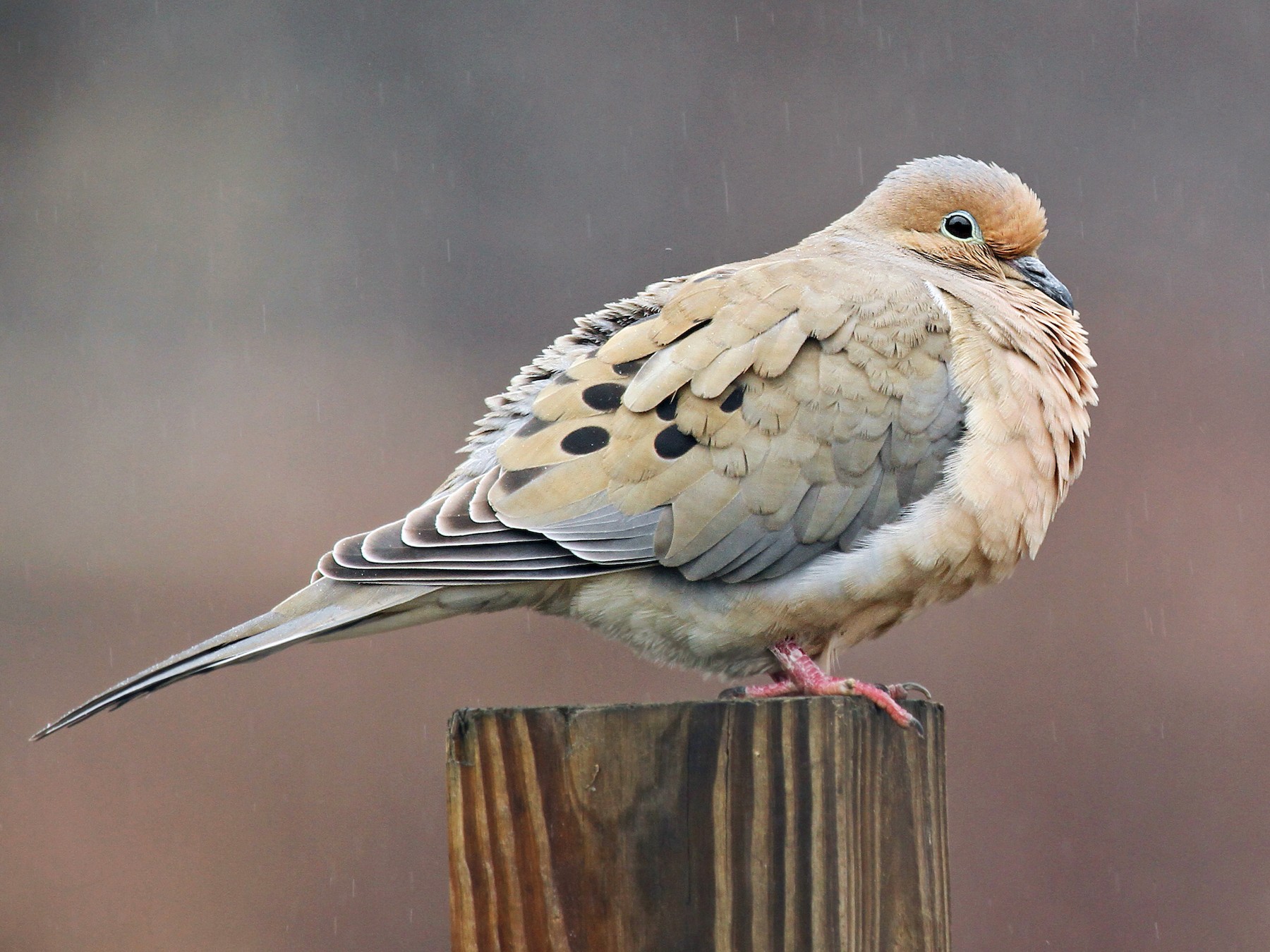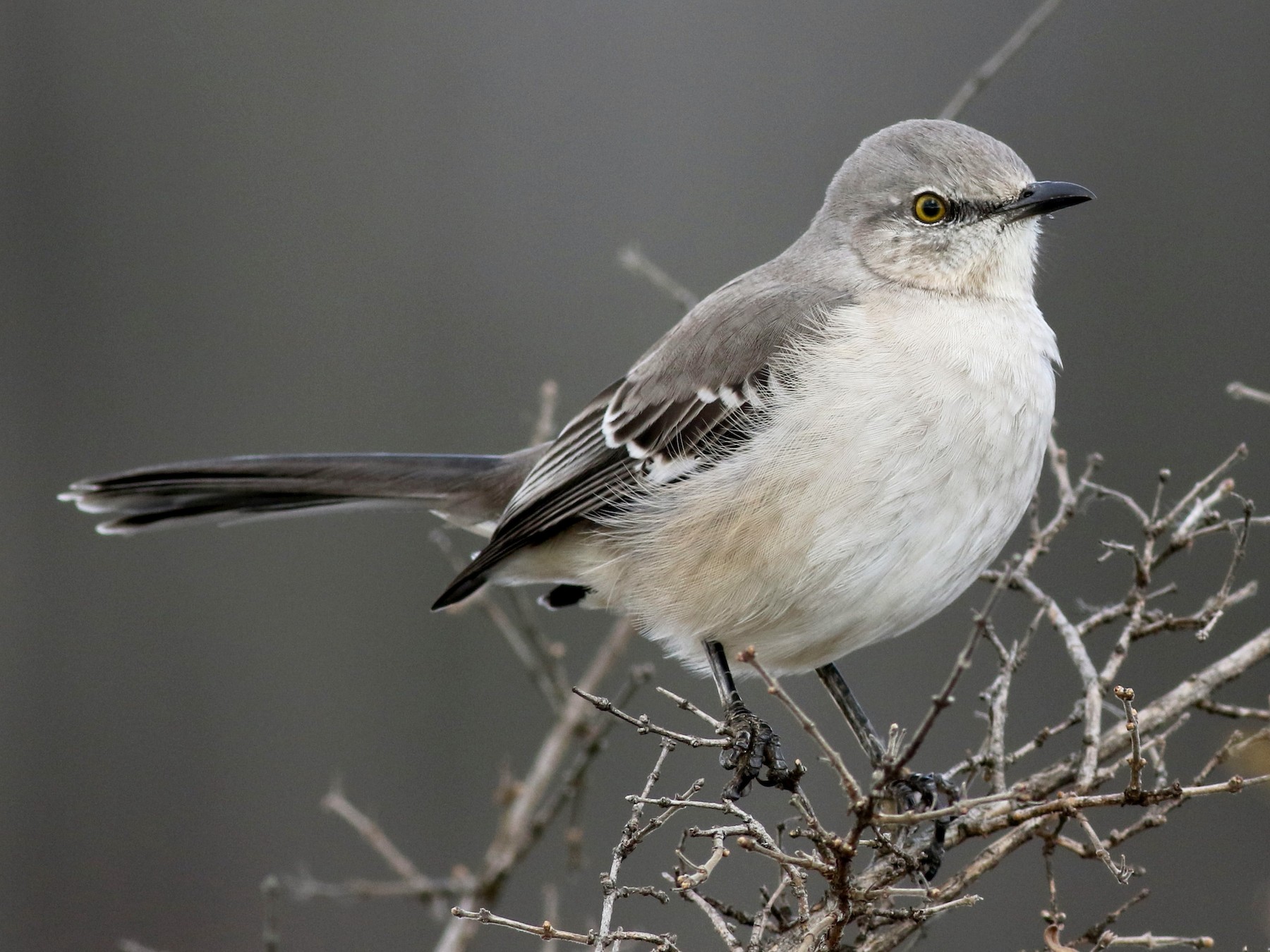Florida is a birdwatcher’s paradise, with over 550 bird species calling the state home. Among these, some birds are more commonly seen than others.
In this article, we will explore the 10 most common types of birds in Florida. From the Northern Cardinal to the Red-winged Blackbird, these birds can be spotted in backyards, parks, and nature centers across the state.
You are reading: 10 Most Common Types Of Birds In Florida
Whether you’re a seasoned birder or just starting, this list will help you identify some of the most frequently seen birds in Florida.

10 Most Common Types Of Birds In Florida
Northern Cardinal
The Northern Cardinal (Cardinalis cardinalis) is one of the most common birds in Florida, and it is a year-round resident in the state. These birds can be found in a variety of habitats, including forest edges, thickets, marshes, and even mangrove forests in coastal intertidal zones.
They prefer nesting in areas with dense foliage, which offers coverage and protection for nest sites and the cardinals themselves. The males have bright red plumage almost throughout the body, with a black face mask and throat, while females are olive-brown with a red tint on the crest, wings, and tail.
Cardinals are known for their beautiful songs, and they often sing while perched on a high branch or in a treetop. These birds are a favorite among birdwatchers and backyard bird enthusiasts alike, and they are a common sight in Florida’s natural areas and urban yards.
Red-bellied Woodpecker

The Red-bellied Woodpecker (Melanerpes carolinus) is a medium-sized woodpecker that is common in forests of the East, including Florida. These birds have strikingly barred backs and gleaming red caps, which make them an unforgettable sight.
They are about the same size as a Hairy Woodpecker but without the blocky outlines. The males and females look similar, with the males having a slightly longer bill.
Red-bellied Woodpeckers are omnivorous and adaptable, feeding on insects, wild and cultivated fruits, seeds, and even small fish. They are known for their rolling “chirr” or “qurr” sounds and repetitive twang-like “cha-cha-cha” calls.
These woodpeckers build their nests in dead trees, dead limbs, or fences, and they may nest in the same tree year after year. Red-bellied Woodpeckers are a common sight in Florida’s woodlands, wetlands, and suburban trees, where they pick at bark and forage for food.
Mourning Dove

The Mourning Dove (Zenaida macroura) is a member of the dove family, Columbidae, and is one of the most abundant and widespread of all North American birds.
These birds are also known as the American mourning dove, the rain dove, and colloquially as the turtle dove. They are a popular game bird, with more than 20 million birds shot annually in the U.S. for sport and meat.
Mourning Doves are a graceful, slender-tailed, small-headed dove that is common across the continent. They have a plain brown overall with dark spots on the wing, and a long, pointed tail bordered in white.
Mourning Doves are found in a variety of open habitats, including farms, parks, woods, deserts, forest edges, cities, and suburbs. They forage on the ground for seeds and swallow fine gravel to help them digest hard seeds.
Mourning Doves are known for their soft, drawn-out calls that sound like laments, and their wings make a sharp whistling or whinnying sound when taking off. These birds are a common sight in Florida’s neighborhoods, where they perch on telephone wires and visit bird feeders.
Northern Mockingbird

The Northern Mockingbird (Mimus polyglottos) is a common bird found in North America, including Florida. These birds are mainly permanent residents, but northern birds may move south during harsh weather. They are known for their mimicking ability, as reflected by the meaning of their scientific name, “many-tongued mimic”.
Northern Mockingbirds are gray on top and white on their underside, with white patches on their wings that look like bars, a long black tail with white outer feathers, and a slender, curved bill. They are found in a variety of habitats, including open woods, fields, and suburban areas.
Northern Mockingbirds are omnivorous, feeding on insects, fruits, and seeds. They are very territorial and will dive and attack intruders that come too close to their territory, including their own reflection.
These birds are especially vocal on moonlit spring nights, and they mimic the calls of dozens of other bird species, as well as dogs and sirens. The Northern Mockingbird is the state bird of Arkansas, Florida, Mississippi, Tennessee, and Texas.
Blue Jay
The Blue Jay (Cyanocitta cristata) is a passerine bird in the family Corvidae, native to eastern North America. These birds are common in most of the eastern and central United States, including Florida, and some eastern populations may be migratory.
Blue Jays are found in a variety of habitats, from pine woods to spruce-fir forests, and they are common in residential areas. They are expertly adapted to human activity and can adapt to wholesale deforestation with relative ease if human activity creates other means for the jays to get by.
Blue Jays are known for their noisy calls, and they are often detected by their loud “jay” calls. They are also known for their intelligence and complex social systems, and they often mate for life, remaining with their social mate throughout the year.
Blue Jays are omnivorous, feeding on insects, nuts, seeds, and fruits, and they are frequent visitors to bird feeders. These birds are a favorite among birdwatchers and backyard bird enthusiasts alike, and they are a common sight in Florida’s woodlots, towns, cities, and parks.
Tufted Titmouse
The Tufted Titmouse (Baeolophus bicolor) is a small songbird that is native to North America and is a member of the tit and chickadee family. These birds are non-migratory and are originally native to the Ohio and Mississippi River basins, but factors such as bird feeders have caused them to occupy a larger territory across the United States and stretching into Ontario and Quebec in Canada.
The Tufted Titmouse is a common sight in Florida’s deciduous and mixed woods, gardens, parks, and shrublands. These birds have a gray upper body, pale underparts, and pale orange flanks, with a small black area just above their stubby black beak. They are easily recognized by their perky little crest and their high-pitched, whistled peter-peter-peter song, which can be heard well before they are seen.
Tufted Titmice are omnivorous, feeding on insects, berries, nuts, seeds, small fruits, and other invertebrates. They are also regular visitors to bird feeders, where they store many of the seeds they get.
These birds are known for their habit of hoarding food in fall and winter, and they take advantage of a bird feeder’s bounty by storing many of the seeds they get. The Tufted Titmouse is a common backyard bird in Florida, and they are a favorite among birdwatchers and backyard bird enthusiasts alike.
Common Grackle
The Common Grackle (Quiscalus quiscula) is a large icterid bird that is found in large numbers throughout much of North America, including Florida. These birds have a long and dark bill, pale yellow eyes, and a long tail, and adults often have an iridescent appearance on their head, especially males.
Common Grackles are less sexually dimorphic than larger grackle species, but the differences between the sexes can still be noticeable. These birds are found in a variety of habitats, including wetlands, open woodland, marshes, suburbs, parks, and agricultural fields. They are omnivorous and eat many crops, including corn, and nearly anything else as well, including garbage.
Common Grackles are known for their resourcefulness and have been seen following plows to catch invertebrates and mice, wading into water to catch small fish, picking leeches off the legs of turtles, stealing worms from American Robins, raiding nests, and killing and eating adult birds.
These birds are highly social, migrating, wintering, and roosting in large flocks, often mixed with other species, including the Red-winged Blackbird, Brown-headed Cowbird, and European Starling.
The Common Grackle is a common sight in Florida’s wetlands, open woodland, marshes, suburbs, parks, and agricultural fields, and they are a favorite among birdwatchers and backyard bird enthusiasts alike.
American Robin
The American Robin (Turdus migratorius) is a migratory bird of the true thrush genus and Turdidae, the wider thrush family. It is named after the European robin because of its reddish-orange breast, though the two species are not closely related, with the European robin belonging to the Old World flycatcher family.
Read more : The Top 8 Most Dangerous Birds In North America
The American Robin is widely distributed throughout North America, wintering from southern Canada to central Mexico and along the Pacific coast. These birds are fairly large songbirds with a large, round body, long legs, and fairly long tail. They are the largest North American thrushes, and their profile offers a good chance to learn the basic shape of most thrushes.
American Robins are found in a variety of habitats, including woodland and more open farmland and urban areas. They are omnivorous, feeding on insects, fruits, and berries.
The American Robin is a common sight in Florida’s woodlands, gardens, parks, and shrublands, and they are a favorite among birdwatchers and backyard bird enthusiasts alike.
Rock Pigeon
The Rock Pigeon (Columba livia) is a member of the bird family Columbidae and is commonly known as the “pigeon”. It is a non-native species that was introduced to North America from Europe in the early 1600s.
Rock Pigeons are found worldwide, including throughout all of North America, and they are a common sight in cities around the world. These birds are plump with a rounded tail, pointed wings, and small red to pink to grayish-black legs and feet. They have a bluish-gray body, pale gray wings with two black bars, and a white rump.
Rock Pigeons are found in a variety of habitats, including rocky cliffs, farm land, parks, gardens, cities, and suburbs. They are omnivorous, feeding on seeds, waste grain, berries, acorns, and sometimes earthworms or insects.
Rock Pigeons are known for their adaptability and resourcefulness, and they often nest on buildings, window ledges, barns, grain towers, under bridges, and on natural cliffs.
These birds are a common sight in Florida’s urban areas, where they crowd streets and public squares, living on discarded food and offerings of birdseed.
Red-winged Blackbird
The Red-winged Blackbird (Agelaius phoeniceus) is a passerine bird of the family Icteridae found in most of North America and much of Central America, including Florida. These birds are about the size of a robin, with a stocky, broad-shouldered build, a slender, conical bill, and a medium-length tail.
The males have a distinctive black plumage with bright red shoulder patches, or epaulets, which flash red in flight and while the bird is singing on territory. Females are streaked brown and often confused with sparrows.
Red-winged Blackbirds are found in a variety of habitats, including marshes, brushy swamps, hayfields, and cultivated land. They are omnivorous, feeding on insects, seeds, and fruits, and they often forage on the ground.
Red-winged Blackbirds are known for their highly polygynous behavior, with males having many female mates, and for their territoriality, with males fiercely defending their territories during the breeding season.
These birds are a common sight in Florida’s wetlands, fields, and marshes, and they are a favorite among birdwatchers and backyard bird enthusiasts alike.
FAQS
1. What are the 10 most common types of birds in Florida?
The 10 most common types of birds in Florida are the Northern Cardinal, Red-bellied Woodpecker, Mourning Dove, Northern Mockingbird, Blue Jay, Tufted Titmouse, Common Grackle, American Robin, Rock Pigeon, and Red-winged Blackbird.
2. Where can I see these birds in Florida?
These birds can be seen in a variety of habitats, including backyards, parks, gardens, woodlands, wetlands, fields, marshes, suburbs, and urban areas.
3. What do these birds eat?
These birds are omnivorous and feed on a variety of foods, including insects, seeds, fruits, and berries.
4. Are these birds migratory?
Some of these birds are migratory, while others are year-round residents in Florida.
5. How can I attract these birds to my yard?
You can attract these birds to your yard by providing food, water, and shelter. You can also plant native plants and trees that provide food and cover for birds.
6. What are some good places to go birdwatching in Florida?
There are many good places to go birdwatching in Florida, including nature centers, sanctuaries, parks, and wildlife refuges. Some popular birdwatching hotspots in Florida include Corkscrew Swamp Sanctuary, the Audubon Center for Birds of Prey, and the Everglades National Park.
Source: https://petstutorial.com
Category: Birds










